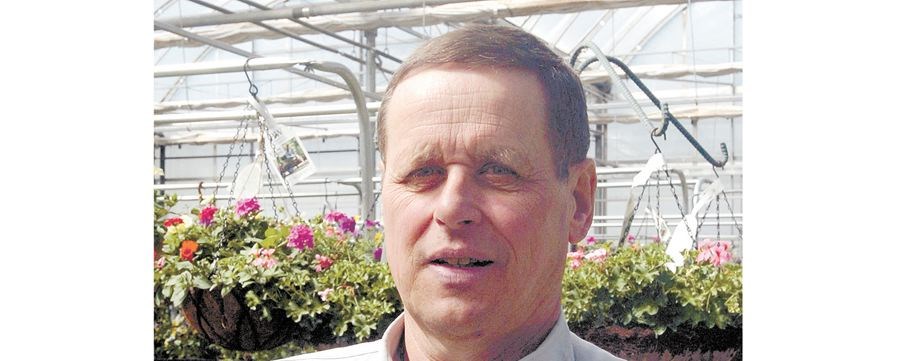Perennials are a great addition to any landscape. Not only are they attractive, but they tend to be low maintenance and are a good value as they return year after year.
As they come back every year, they get larger, and after some point, most of them will need to be divided. Division helps in rejuvenating the plant, creating a stronger plant with an abundance of flowers. Some plants will need to be divided after only two to three years while others can go for many years before they need to be divided. Smaller flowers, a decrease of flowers, overcrowding, smaller-sized plants from the previous year, or the centre of the plant becoming weak and dying are all signs that the plant is in need of division. Most perennials are better divided in the spring but there are a few perennials that are better divided in early fall.
Peonies are one of the longest-living perennials and do not like or need to be divided for many years, but sometimes they outgrow their spot or you may want to create new plants. The best time to divide peonies is September when they are going into dormancy. First cut back the foliage to 15 centimetres from the ground, then using a sharp spade dig around the plant and raise out of the soil. Peonies are grown from a tuber so when you dig them up you will notice lots of thick fleshy roots attached to several growing points. Ideally, when splitting the plant you want to cut through the natural divisions ensuring that there are at least three to five eyes on top of each crown, (the more eyes, such as five to eight, the bigger the plant and easier recovery) with lots of root attached. Replant the divided healthy sections into a well-drained soil in a sunny location. Plant depth is important as this can interfere with the blooming. The eyes should not be any deeper than four to five centimetres.
Lilies are also better divided in the fall. Lilies are grown from a bulb, and every year it produces more bulbs which will eventually overcrowd. A sign of overcrowding is that this year's flowers are smaller than previous year's. Unlike many bulbs, lily bulbs do not go dormant after they have finished blooming and will continue to make root growth throughout the growing season.
The best time to divide lilies is in mid-September just as foliage begins to yellow. On a cloudy day, carefully dig and lift up the bulbs trying not to damage them. Remove the excess soil and gently shake the bulbs apart, making sure that the roots stay intact. Cut the stems back to within 2.5 centimetres from the bulb and toss out any damaged or rotten bulbs. Immediately replant the bulbs, in a new area of the garden if possible.
Bearded irises should be divided every three to four years, and Siberian irises every eight to 10 years. When the centre of the plant dies out, it is time to divide and replant. Mid-September is a good time to do this. First cut the foliage back to half the height, then dig the plant out around the perimeter. Divide the plant into sections, tossing out the unhealthy parts. Replant only the healthy vigorous parts of the plant. If possible try to replant in a new area of the garden
When dividing and replanting perennials, always add a good quality soil to the planting hole and sprinkle a handful of bonemeal in the hole to help with root growth. After the plant is planted, tamp the soil down and give it a thorough water.



